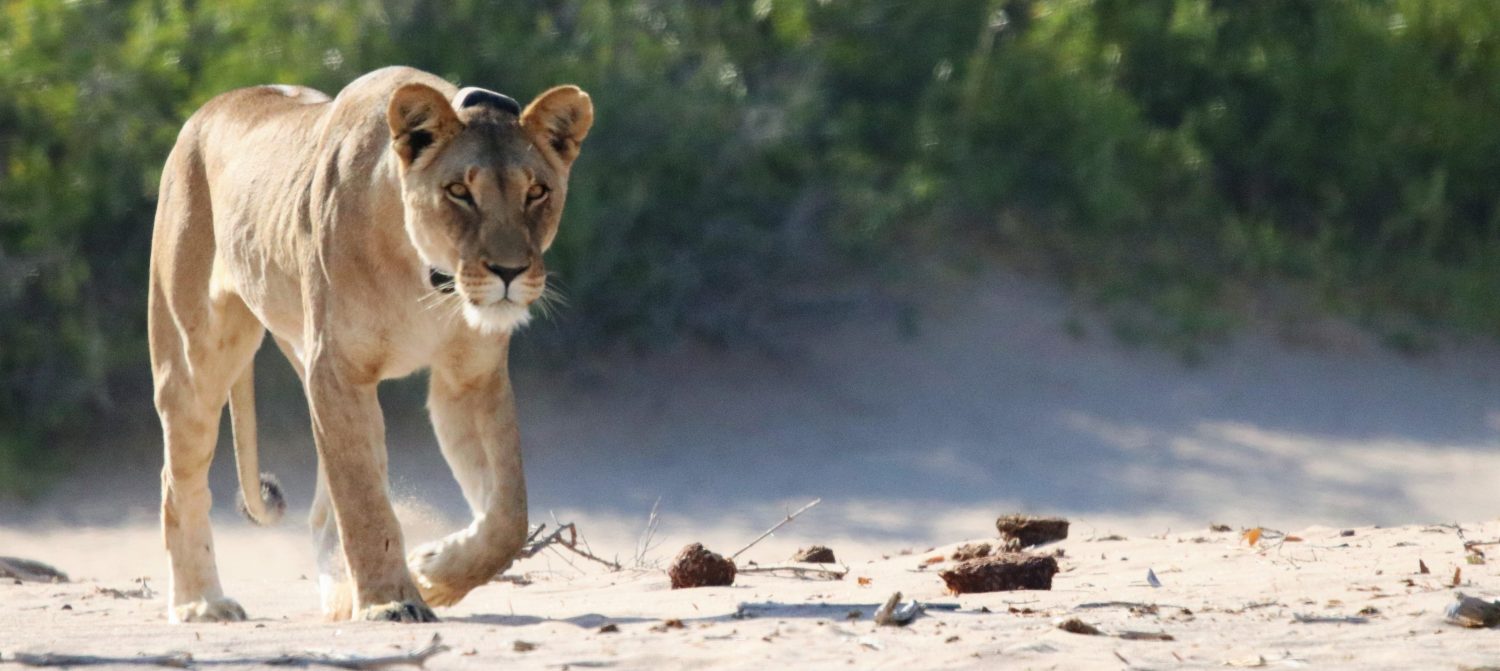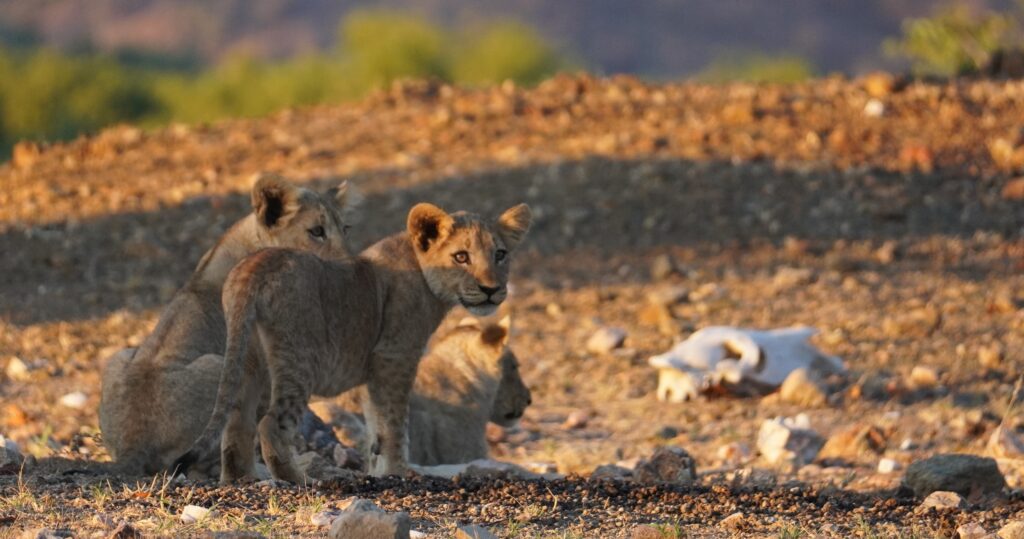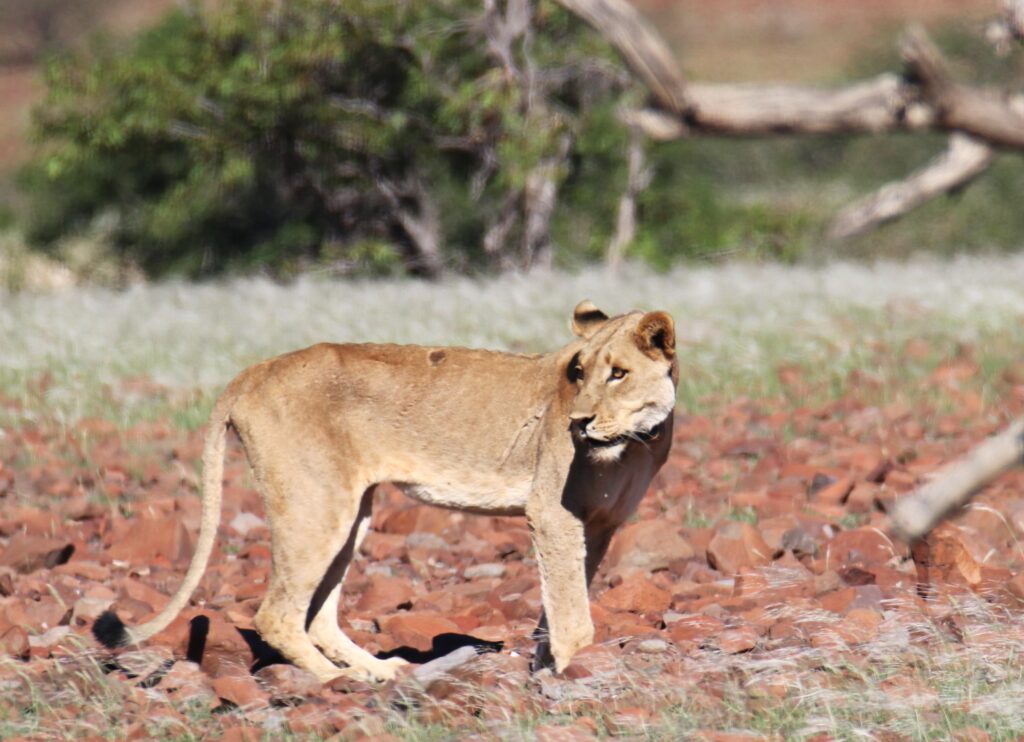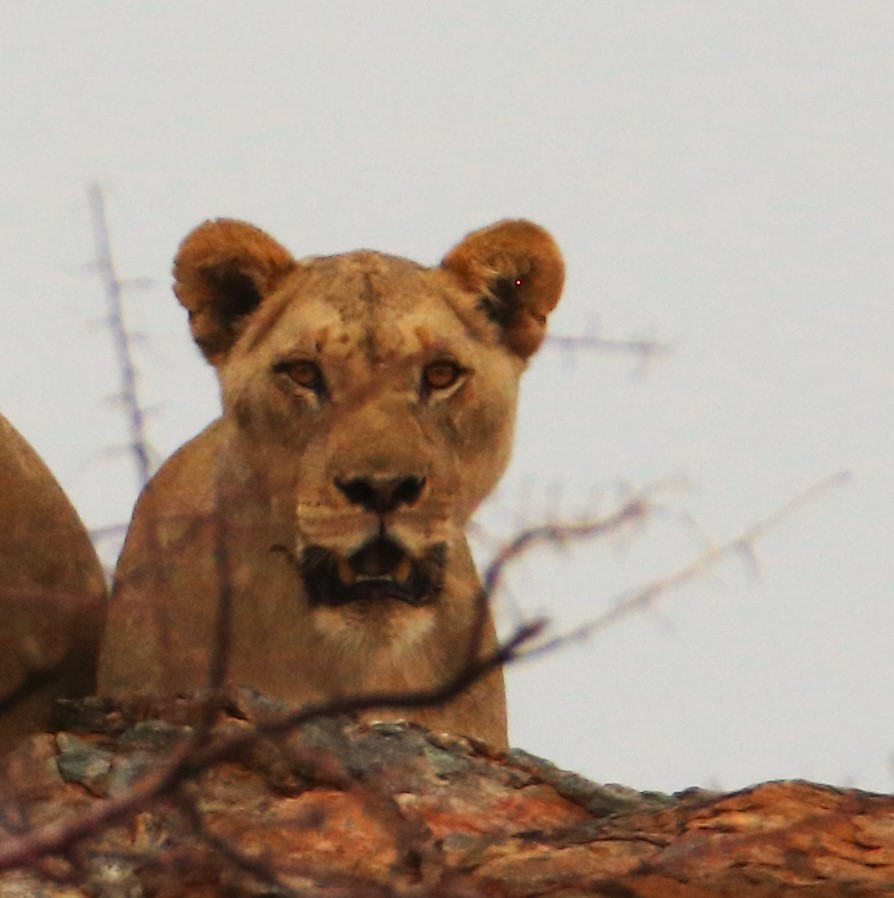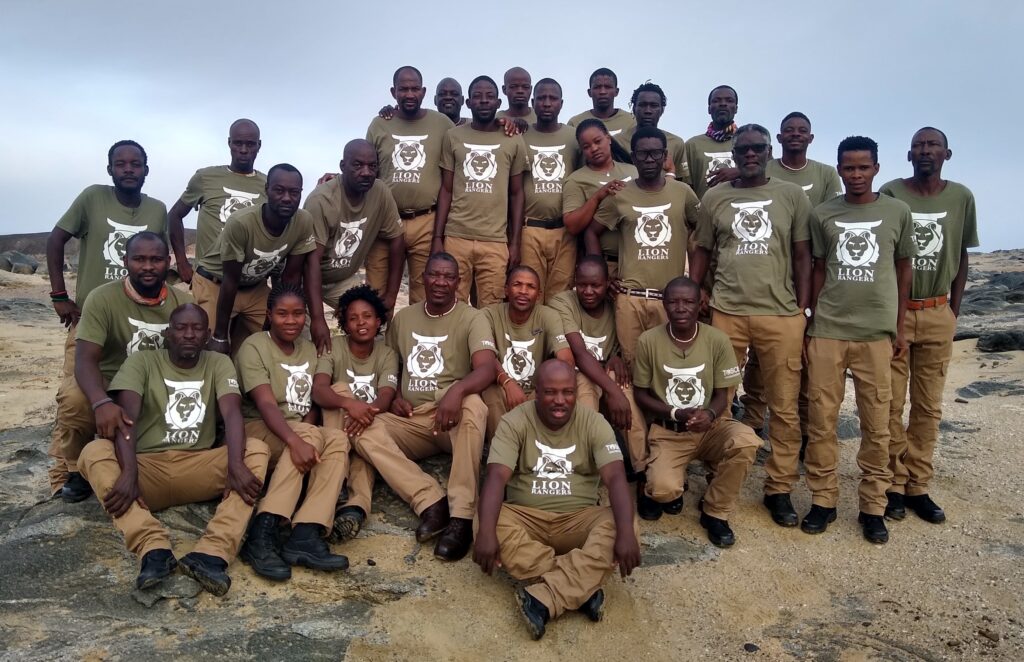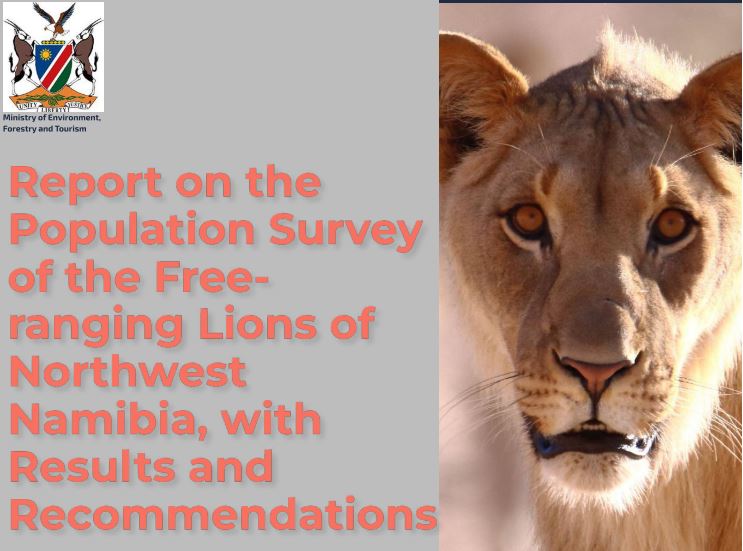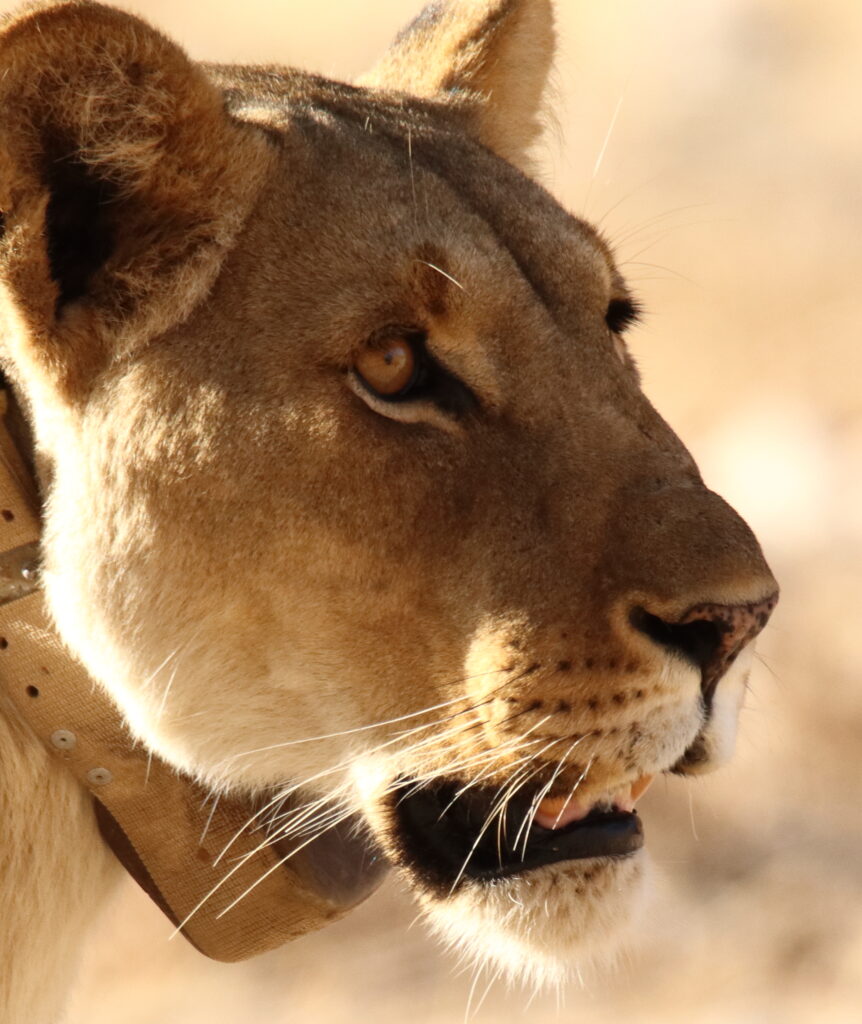An important part of the work of the Lion Rangers Program is performing research and disseminating findings relevant to lions and lion conservation efforts in northwest Namibia. Each member of our Leadership Team was recently published in a new edited volume, Etosha Pan to the Skeleton Coast: Conservation Histories, Policies and Practices in North-west Namibia. This recently released volume brings together scholars and practitioners with a breadth of experience examining the human-nature interface in Namibia’s Kunene Region. This volume has been published Open Access and can be read and downloaded for free by all who are interested.
Chapters written by our Leadership Team include:
Continue reading